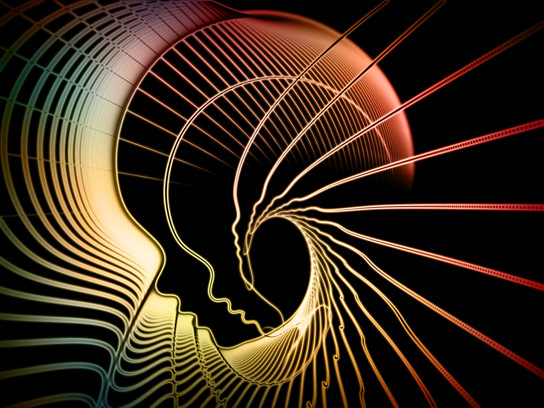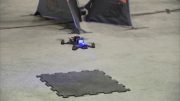
In a newly published study, researchers analyzed gene expression in human and macaque monkey neocortex, finding that human neocortical development is divided into three major phases.
The human brain develops with an exquisitely timed choreography marked by distinct patterns of gene activity at different stages from the womb to adulthood, Yale researchers report in the December 26 issue of the journal Neuron.
The Yale team conducted a large-scale analysis of gene activity in the cerebral neocortex —an area of the brain governing perception, behavior, and cognition — at different stages of development. The analysis shows the general architecture of brain regions is largely formed in the first six months after conception by a burst of genetic activity, which is distinct for specific regions of the neocortex. This rush is followed by a sort of intermission beginning in the third trimester of pregnancy. During this period, most genes that are active in specific brain regions are quieted — except for genes that spur connections between all neocortex regions. Then in late childhood and early adolescence, the genetic orchestra begins again and helps subtly shape neocortex regions that progressively perform more specialized tasks, a process that continues into adulthood.
The analysis is the first to show this “hour glass” sketch of human brain development, with a lull in genetic activity sandwiched between highly complex patterns of gene expression, said Nenad Sestan, professor of neurobiology at Yale’s Kavli Institute for Neuroscience and senior author of the study. Intriguingly, say the researchers, some of the same patterns of genetic activity that define this human “hour glass” sketch were not observed in developing monkeys, indicating that they may play a role in shaping the features specific to human brain development.
The findings emphasize the importance of the proper interplay between genes and environment in the child’s earliest years after birth when the formation of synaptic connections between brain cells becomes synchronized, which shapes how brain structures will be used later in life, said Sestan. For instance, disruptions in the synchronization of synaptic connections during a child’s earliest years have been implicated in autism.
Sestan says the human brain is more like a neighborhood, which is better defined by the community living within its borders than its buildings.
“The neighborhoods get built quickly and then everything slows down and the neocortex focuses solely on developing connections, almost like an electrical grid,” said Sestan. “Later when these regions are synchronized, the neighborhoods begin to take on distinct functional identities like Little Italy or Chinatown.”
Mihovil Pletikos, Andre ́ M.M. Sousa, and Goran Sedmak of Yale are co-lead authors of the study. Other Yale authors are Kyle A. Meyer, Ying Zhu, Feng Cheng, Mingfeng Li, and Yuka Imamura Kawasawa.
The work was funded by the National Institute of Mental Health, the James S. McDonnell Foundation, and the Kavli Foundation.
Reference: “Temporal Specification and Bilaterality of Human Neocortical Topographic Gene Expression” by Mihovil Pletikos, André M.M. Sousa, Goran Sedmak, Kyle A. Meyer, Ying Zhu, Feng Cheng, Mingfeng Li, Yuka Imamura Kawasawa and Nenad Šestan, 26 December 2013, Neuron.
DOI: 10.1016/j.neuron.2013.11.018









“Stop, Listen and then Proceed” is the dictum of human brain as far as human brain is concerned, since the humans are social animals. It does matter their interactions with the surroundings, not only natural but also social. When they started wearing clothes the brain signals for hair follicles are modulated so that they don’t have hairs all over the body. When they wandered in the lands for their livings as nomads, the growth of hair in the scalp accelerated to keep them cool and greying of hair also to protect them from Sun as they age. These are purely social environmental interruptions in their genes. Probably, it they start protecting their heads with caps or helmets for a long time, the necessity of scalpel hair diminishes and they will go bald in due course. Once upon a time people were good warriors and they possessed good strong shoulder muscles. If people use cars and automobiles for their commuting, probably the leg muscles can also become weak and become ‘spidery’ limbs. After all either you use it or lose it is the formula for organs. Hence the brain stops to learn the environment for few years to make neuron connections and then accelerate its growth is logical indeed. Thank You.